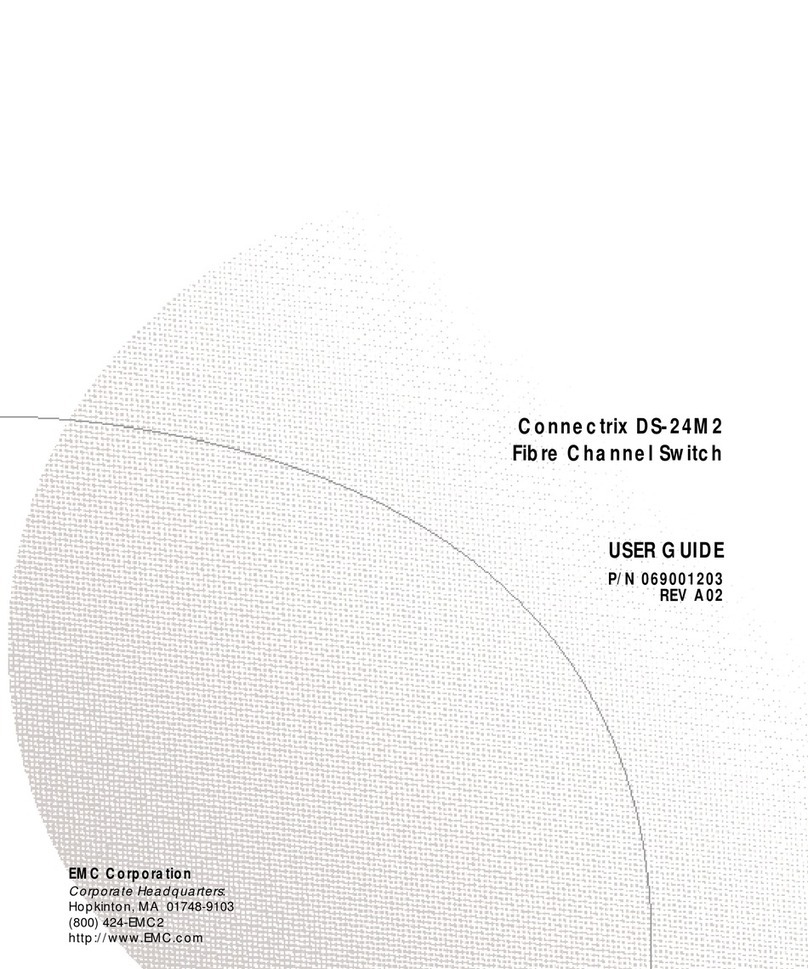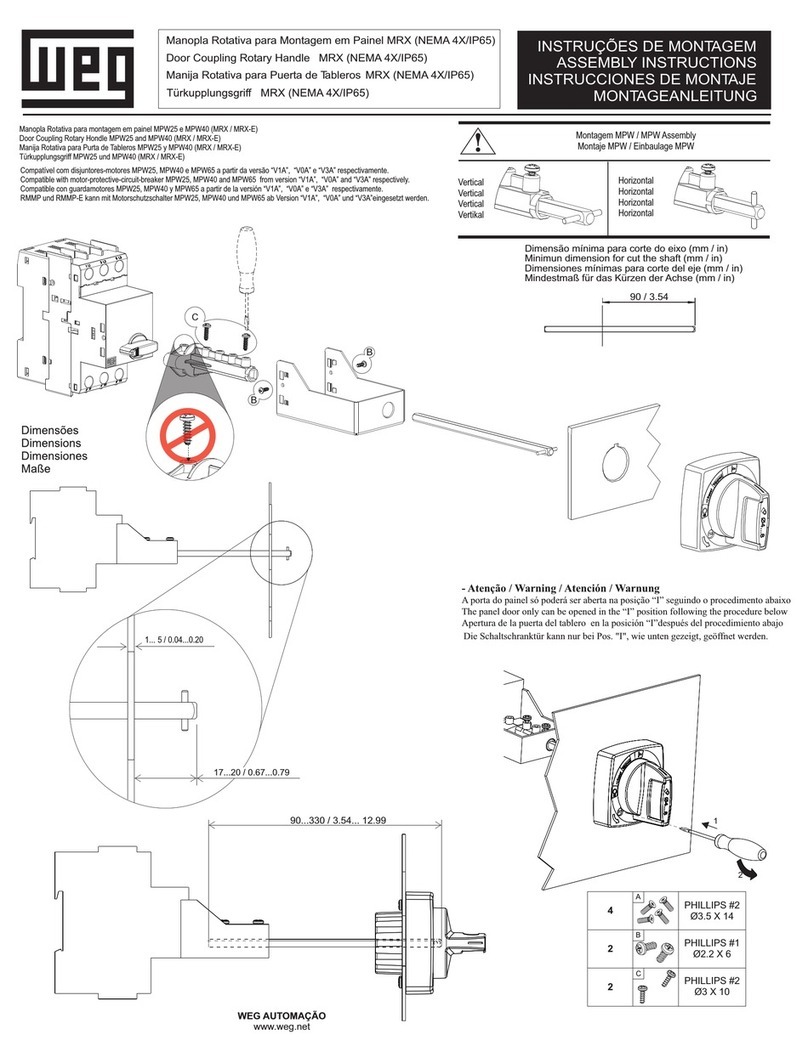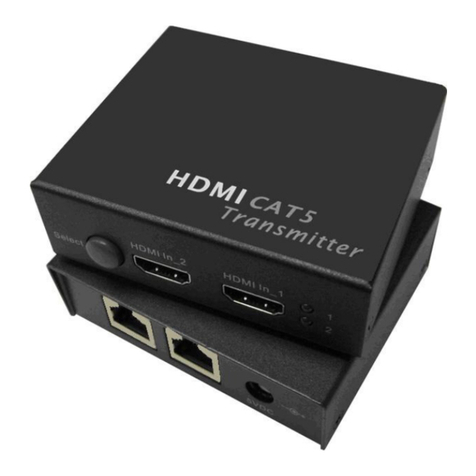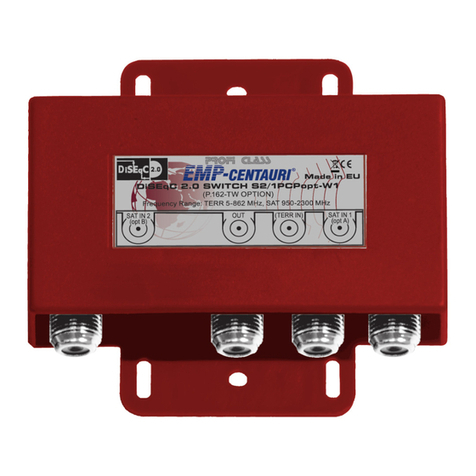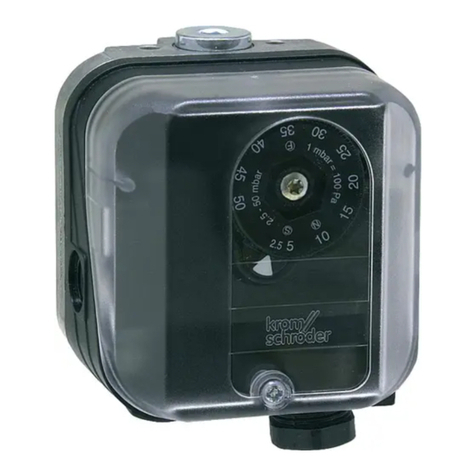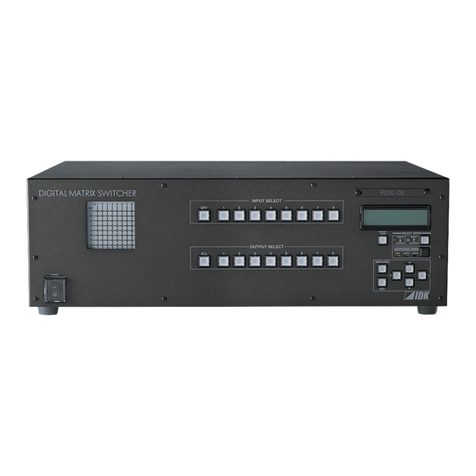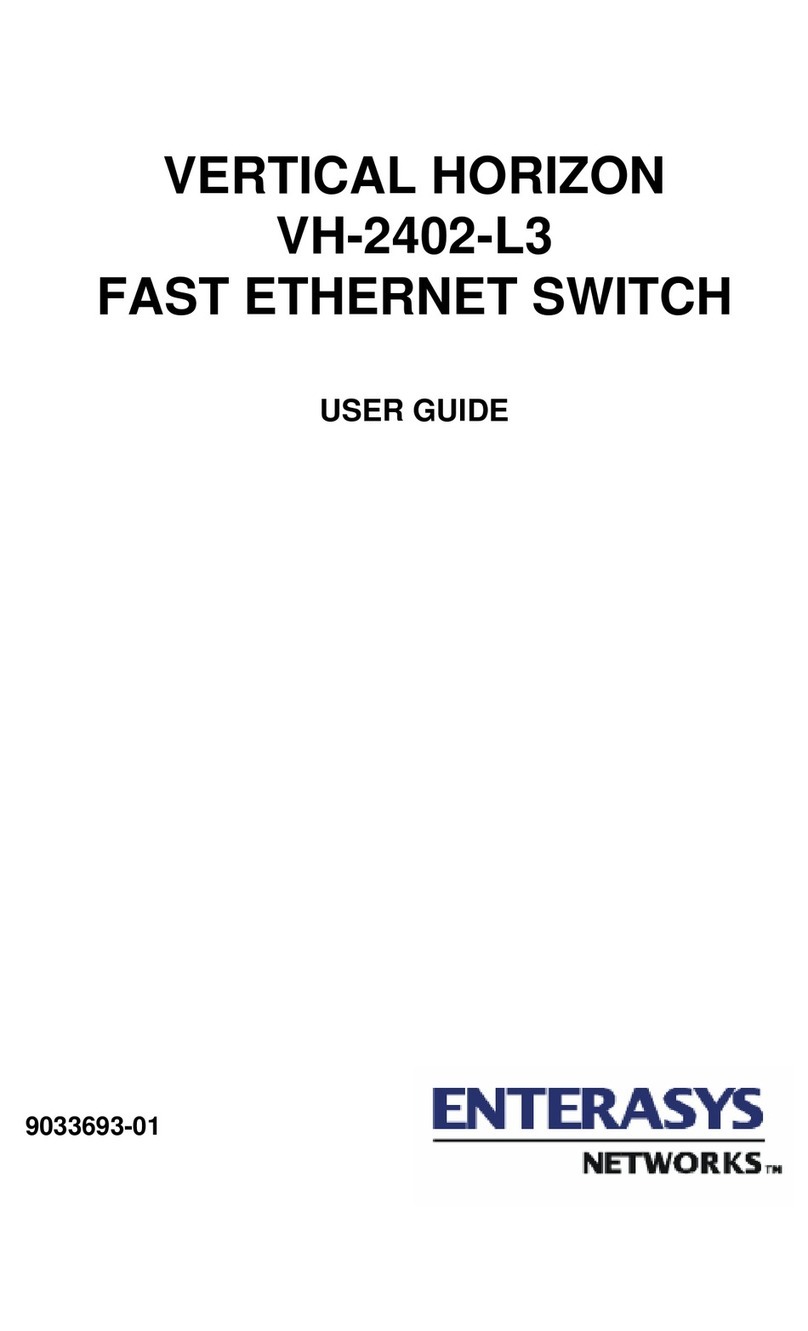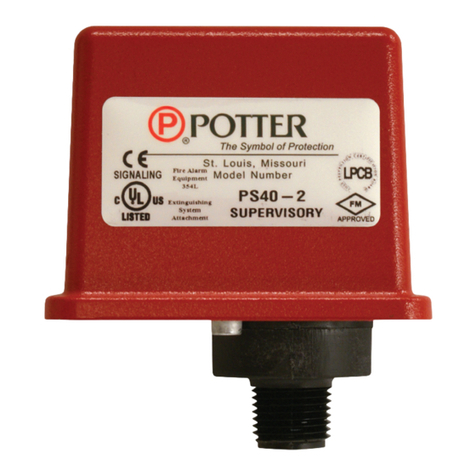Static Power iSTS R User manual

iSTS
ModelR
UserManual
RailMountStaticTransferSwitch
iSTSR– UserManualR02

STATICPOWERPtyLtd
ABN42101765913
iSTSR– UserManual
Postto:
Box2003
ResearchDeliverycentre
Research,VIC3095‐ Australia
Manufacturedat:
5CandlebarkCourt
Research,VIC3095
Australia
Contactus:
+61394370494
www.staticpower.com.au

CONTENTS
1.SAFETYINSTRUCTIONS 2
1.1Introduction 2
1.2Transport,Storage,Unpacking 2
1.3Installation 2
1.4ElectricalConnection 3
1.5Synchronism 3
1.6FireRegulations 3
1.7StandardsApplied&Conformity 3
1.8Warranty 4
2.SYSTEMOVERVIEW&OPERATION 4
2.1Description 4
2.2LineDiagram 4
2.3Overview&Operations 5
2.4OperationalParameters 6
3.INSTALLATION 6
3.1Safety 6
3.2Synchronism 7
3.3RemoteMonitoringRelay 7
3.4Setup 7
3.5Start‐up 7
3.6ConfirmOperation 7
3.7LoadFault 8
3.8DiagnosticGuide 8
4.RECOMMENDEDMAINTENANCESCHEDULE 9
5.SPECIFICATIONS 9
iSTSR– UserManual Page1

1. SAFETY INSTRUCTIONS
1.1 Introduction
Some aspects of this manuals contents may differ to the equipment as supplied due to technical improvements,
specific model variations etc. If in any doubt in respect to the procedures and safety issues consult the
manufacturer and do not proceed until clarification is received.
This manual contains important instructions that should be followed and fully understood before proceeding and
commissioning and operation to prevent harm to personnel and equipment.
Installation and commissioning should be carried out only by qualified and experienced electricians. The
iSTS should be operated by technically qualified personnel that are authorized, experienced and have knowledge
and understanding of the equipment and the critical loads, using the documented procedures.
Read this whole document thoroughly. Understand every aspect before proceeding. Request further assistance if
you do not understand any aspect of the operation of the iSTS. Support and contact numbers are at the end of
the manual.
These instructions cover normal operation in the automatic as well as in manual modes. Special operating
conditions, such as short circuit tests, input supplies, etc., are not covered in this document. These operations
require comprehensive knowledge of the overall system and should be carried out by properly qualified, skilled
and competent service personnel only.
1.2 Transport, Storage, Unpacking
Procedure for Receiving Shipment:
If the packaging is damaged unpack carefully and inspect the unit. We recommend that if there is any sign of
mechanical damage that the unit not be powered up; but, returned for re‐processing
If damage is discovered, inform carrier immediately and follow normal procedure for a carrier inspection and
filing of a concealed damage claim to the courier or your insurance company.
Take a picture of the carton and contents as a record.
If the packaging is OK, then please keep the packaging in a secure place in case the unit needs to be returned
for repair.
1.3 Installation
The following instructions are provided for the personal safety of operators and also for the protection of the
described product and connected equipment.
Observe the prescribed accident prevention and safety rules for the specific application.
When installing the iSTS strictly observe all information on technical data and operating conditions. Comply
with all warnings, and strictly follow the procedures and practices as described in this manual.
This iSTS is intended to be used in a controlled indoor environment and free of conductive contaminants and
protected against animal intrusion.
It is important that the unit has adequate ventilation. Maintain air movement around and through the unit.
Do not block the air vents or restrict airflow over the heatsinks.
The unit must be placed in a sufficiently ventilated area; the ambient temperature should not exceed 35°C
(95°F).
Do not install the iSTS in an excessively humid environment or near water, relative humidity should not
exceed 90% at 20°C (68°F).
Avoid spilling liquids or dropping any foreign object into the iSTS.
Once the connections have been made on the terminals, all terminal covers must be replaced before
operation.
Connecting cables must be supported.
Earth connection must be checked for safe function after assembly.
iSTSR– UserManual Page2
iSTS R

1.4 Electrical Connection
For cable up to 4mm²
All cables connecting to the iSTS should be supported and must not put any strain on the point of connection
within the iSTS.
All electrical connections are to be realized by properly qualified, skilled and competent service / installation
personnel only.
Consider electrical distribution discrimination carefully. The iSTS has two incoming AC power sources; We
recommend that the supplied fuses be installed adjacent to the iSTS. These should discriminate with
downstream protective devices. The upstream iSTS supply breaker/fuse if used should only open if the
downstream device protection is unable to trip or there is a fault within the iSTS or the load.
1.5 Synchronism
The smoothest change‐over occurs when the supplies are in synchronism. If an asynchronous transfer occurs,
large currents may flow into the load which can damage trip & protective devices, blow fuses, saturate and cause
damage to transformers. If possible, it is best to make sure the supplies areinsynchronism.
1.6 Fire Regulations
Should a fire break out inside the system a fire extinguisher with CO2or Halon must be used. Do not inhale
vapours.
1.7 Standards Applied & Conformity
The iSTS R conforms to the following standards and European Council Directives:
Standards to which conformity declared:
IEC 60950‐1 Information technology equipment Safety ‐ General requirements
IEC 62310‐1 Static transfer systems (STS) ‐ General and safety requirements
IEC 62310‐2 Static transfer systems (STS) ‐ Electromagnetic compatibility (EMC) requirements
IEC 62310‐3 Static transfer systems (STS) ‐ Part 3: Method for specifying performance and test
requirements
Application of Council Directives:
2006/95/EC Low Voltage Directive
1992/31/EEC EMC Directive
1993/68/EEC EMC Directive amendments
2011/65/EU Hazardous substances in electrical and electronic equipment ‐RoHS
iSTSR– UserManual Page3
TheStandardsmentionedabovefulfil
therequirementsforCEmarking
YearofCEmarking:2015‐2016

1.8 Warranty
Static Power operating through its authorised agents warrants that the standard products will be free of defects
in materials and workmanship for a period of 24 months after the date of invoice, or such other period as may be
specified.
This warranty does not cover failures of the product which result from incorrect installation, misuse, alterations
by persons other than authorized agents or abnormal operating conditions.
More about warranty: staticpower.com.au/wp‐content/uploads/2019/11/Warranty‐Statement.pdf
2. SYSTEM OVERVIEW & OPERATION
2.1 Description
A Static Transfer Switch (STS) provides your critical load or single cord (single supply), equipment with an
alternative supply source, thus increasing and improving power reliability and availability.
The iSTS R is a 2 pole, single phase DIN Rail mount STS that suits 35mm x 7.5mm rail. Both the active conductor
and the neutral are switched. Thyristors are used to undertake the switching process. These are many times
faster and more reliable than their electromechanical equivalents.
The iSTS continuously monitors the supply sources and should the presently connected supply fail or degenerate
or become useable, the critical load is automatically and transparently transferred to the alternate source.
This switching process is undertaken as a break before make transfer. The break in the supply transition is so
short that it is not seen by the critical load. This is preferable to a make before break (or overlapping) changeover
because when the two supplies are different and connected together large and unpredictable currents would
flow between the sources degenerating both supplies and therefore the supply to the critical load.
In case of downstream fault the iSTS will not transfer the fault to the alternate supply even if the voltage is
adversely affected. Once the fault current has cleared the iSTS will resume normal operation protecting the
critical loads from voltage disturbances, (10 second settling time).
2.2 Line Diagram
iSTSR– UserManual Page4
iSTS R

2.3 Overview & Operations
iSTSR– UserManual Page5
1 Supply1Input
Push‐interminalsuits4mm²cable,useasmallbladetypescrewdriverinthetopslotandpressin;insert
thecableandrelease.
RepeatfortheNeutralConductor.Notetheneutralisnotfused.Barethewirejust8mm.
2 OutputTerminal Push‐in terminal suits 4mm² cable, use a small blade type screwdriver in the top slot and press in;
insert the cable and release. Bare the wire just 8mm.
3AlarmLED
When there is an alarm that has not been acknowledged this LEDs will flash. If the alarm has been
acknowledged but the condition still exists, the LEDs will remain on.
The Alarm LED and the Remote Contact will be triggered when:
OnSupply1whenpriorityisSupply2
OnSupply2whenpriorityisSupply1
NotinSynchronism
Supply1orSupply2arenotinspec.
Thereis/wasanovercurrent/overload/loadfaultconditionorOvertemperaturecondition
Therehasbeenathyristor/SCRFault
TheAutoretransfertopreferredsourcehaslockedout&maxnumberofautomaticre‐
transfershasbeenexceeded.
4 AlarmCancellationButton Pressing this button acknowledges new alarms, causing the audible alarm toturnoffandtheLEDsto
go from flashing to solid.
5 PreferredIndicator These three LEDs indicate which supply is selected as the preferred supply. Supply 1 ‘I’, Supply 2 ‘II’
or neither may be selected.
6 PreferredButton Pressing this button repeatedly will scroll through which supply is selected as the preferred supply.
7 Supply1OkayLED Green/Red indicated that Supply 1 is within/out of tolerance. If fuse is open or blown or there is no
power present the power available LED will be Red.
8 Supply2OkayLED Green/Red indicated that Supply 2 is within/out of tolerance. If fuse is open or blown or there is no
power present the power available LED will be Red.
9 SyncOkayLED Green/Red indicated whether Supply 1 and Supply 2 are within/not within enough degrees of
synchronisation of each other to perform a transparent transfer.
10 OnSupply1LED Green/Red indicates the load is on/not on Supply 1.
11 OnSupply2LED Green/Red indicates the load is on/not on Supply 2.
12 Supply2Input
Push‐interminalsuits4mm²cable,useasmallbladetypescrewdriverinthetopslotandpressin;insert
thecableandrelease.
RepeatfortheNeutralConductor.Notetheneutralisnotfused.Barethewirejust8mm.
13 OutputOkayLED Green/Red indicated the output is OK/faulty.
14 LoadLEDs
There are eight LEDs, the bottom six are Green and indicate roughly 10% ‐ 90% loaded. The seventh
LED is orange and indicates 100% loaded. The eighth LED is Red and indicates that the iSTS is over
loaded.
15 RemoteContact
Voltage free alarm for integration into BMS. Do not connect any more than 50V/0.5A, not suitable
for 230VAC. Contacts are Normally Closed. Contact is held Open when there is no alarm. When power
fails the relay contact closes (fail safe). The Remote Contact and the Red Alarm LED are driven by the
same logic.
2 3 5 7 9 10 13 14
!III
!
I
II
≠
1F
14 6 8 11 12 15
121
NP
NP
NP
IN1 IN2 OUT

2.4 Operational Parameters
Absolute Maximum Values
Min Max
Input Voltage ‐ 265V
Load Current ‐ 16A
Input Synchronisation ‐180° +180°
Ambient Temperature ‐20°C 35°C
Recommended Values
Min Max
Input Voltage 210V 255V
Load Current 1A* 16A
Input Synchronisation ‐15° +15°
Ambient Temperature 0°C 35°C
*Due to the nature of the silicone controlled rectifiers used in all static transfer switches, some current must be applied to the
iSTS to ensure a clean break during transfers.
Overload Capacity
Load Time
32A 30s
50A 10s
63A 1s
300A 1 cycle
3. INSTALLATION
3.1 Safety
The iSTS is powered from two separate sources. Relevant signage and procedures shall be in place.
This equipment receives power from more than one source. Disconnect output and all input sources of power
from this equipment before servicing.
Do not proceed with the installation or operation of the iSTS if it has been damaged. Carefully inspect the iSTS for
any damage that may have occurred during shipping, unpacking or during and after any installation process. Take
care when handling the iSTS and ensure that it is physically supported during the installation process. At the end
of the installation process the iSTS should be firmly and securely fixed to the rail.
The iSTS R is supplied with 2 Din Rail Mounted Fuse‐switch disconnectors complete with cylindrical fuse‐links
(10x38 type aR ‐ 16/20A) and these should be placed adjacent to the “iSTS R”. Ensure that there is sufficient
space between the iSTS and the fuse holders and adjacent equipment for cooling of the iSTS.
The iSTS and fuses should be mounted only vertically.
Ensure the cables are securely connected and supported. There should be NO live exposed or accessible contacts
that could cause electrical shock if contact is able to be made. Leakage currents could cause dangerous voltages
to appear on the incoming leads which can be a shock hazard and cause equipment damage if contact with other
equipment is inadvertently made.
This equipment is not suitable for installation into environments that utilise RCD earth leakage detectors on the
inputs of the static transfer switch.
Treat AC incoming leads as live if disconnecting from source.
iSTSR– UserManual Page6
iSTS R

3.2 Synchronism
The smoothest change‐over occurs when the supplies are in synchronism, so it is best to make sure the input
supplies are in synchronism. Some equipment (like transformers) may saturate when a transfer occurs when not
in synchronism. This causes large currents to flow into the load which could cause damage to the transformer,
trip protective devices or blow fuses.
The iSTS is configured by default to have a 12ms break inserted if the phase difference between the sources
exceeds 30 degrees.
The break has been inserted for a safe mode on purpose when the sources are out by more than 30 degrees.
3.3 Remote Monitoring Relay
Contacts are normally closed. Contact is held open when there is no alarm. Do not connect any more than
50V/0.5A, not suitable for 230VAC.
Provide physical separation between control circuits and power circuits to reduce interference. Make sure that all
control wiring is protected and securely supported so that it is not inadvertently unplugged or removed whilst
other equipment is being installed or removed within the enclosure.
3.4 Setup
a) Ensure that the two input sources are within tolerance, and that they are in synchronism (±5% of rated
voltage, <10% THD, <15°phase difference).
b) Connect your critical load to the OUTPUT. NOTE: Due to the nature of Silicone Controlled Rectifiers (SCRs),
some load (~0.5A) is required for correct operation.
c) Connect the sources to SUPPLY 1 and SUPPLY 2. If you wish to Confirm Operation you will need to be able to
switch both sources on and off.
3.6 Confirm Operation
a) Use the Preferred Button to highlight ‘I’ on the Preferred Indicator. Wait for the On Supply 1 LED to turn
green (if is not already).
b) Turn OFF Supply 1, and confirm that the iSTS transfers to ‘II’ (On Supply 2 LED ‐ green).
c) Turn ON Supply 1, and confirm that the iSTS auto transfers to Supply 1 after a 3 second delay (On Supply 1
LED ‐ green).
d) Use the Preferred Button to highlight ‘II’. Wait for the iSTS to transfer to Supply 2 (On Supply 2 LED ‐ green).
e) Turn OFF Supply 2, and confirm that the iSTS transfers to Supply 1 (On Supply 1 LED ‐ green).
f) Turn ON Supply 2, and confirm that the iSTS auto transfers to Supply 2 after a 3 second delay (On Supply 1
LED ‐ green).
g) Select your preferred supply if any.
3.5 Start‐up
a) Apply power to both input sources.
b) There will be a short (15 sec) start‐up period, after which the iSTS will begin powering your load.
c) Confirm that the load is receiving power.
d) Ensure that LEDs are correctly representing the supply status and load. NOTE: Only On Supply 1 LED or On
Supply 2 LED should be red.
iSTSR– UserManual Page7

3.7 Load Fault
In case of sustained high current output load faults, the iSTS will inhibit a transfer to the alternate supply even if
this means degradation or loss of source supply. It is therefore imperative that you ensure that the discrimination
with downstream and upstream protective devices ensures that the downstream protective device always clears
the fault first.
In case that all output is lost the faulty equipment should be located and removed from the iSTS output before
re‐instatement of power.
If the unit is inoperable then it should be returned to the manufacturer for repair or replacement.
iSTSR– UserManual Page8
iSTS R
3.8 Diagnostic Guide
Before starting this guide it is important that you are familiar with the unit and have read the iSTS R User
Manual.
Overview
The diagnostic mode is used to view important events that have occurred on the STS. Up to 32 previous
events are recorded, once 32 events are present the oldest event is pushed out to make room for the incoming
event.
Diagnostic mode entry and exit
To enter or exit diagnostic mode press and hold the Alarm button for 2 seconds. You will hear a quick double
beep upon successful entry and exit.
Front panel overview and navigation
In diagnostic mode the following changes to the user interface decal apply.
Previous Navigates to the previous event in the list
Next Navigates to the next event in the list
Event Position Display where you are in the list (start, middle, end)
Event Code Represent the event code in binary, starting with bit 0 at the bottom
Event description and codes
Code Event Description
15 S1 Fault Supply 1 transient or average fault detected
14 S2 Fault Supply 2 transient or average fault detected
13 Output Average Fault Output average voltage out of range
12 Output Transient Fault Output voltage transient condition
11 S1 SCR OC Supply 1 SCR open circuit detected
10 S1 SCR SC Supply 1 SCR short circuit detected
9S2 SCR OC Supply 2 SCR open circuit detected
8S2 SCR SC Supply 2 SCR short circuit detected
7S1 Active Supply 1 is feeding the output
6S2 Active Supply 2 is feeding the output
5Transfer Inhibit Transfer inhibit condition caused by unstable or overloaded supply
4Sync Fault Supply 1 and Supply 2 out of sync
3Overload Fault Output load current above nominal rating
2Preferred Change User has changed preferred supply
1Fire S1 Internal logic is activating Supply 1
0Fire S2 Internal logic is activating Supply 2

5. SPECIFICATIONS
iSTSR– UserManual Page9
Currentrating 1Ph:16Amax
Voltagerating 115Vor230V±10%
Type 1‐Phase/2‐Pole
Frequency 50Hzand60Hz,±10%‐ Autodetection
Transfertype Break‐Before‐MakezerocurrenttransferbyThyristors/SCR
Breaktime Synchronous:upto¼cycle‐ Asynchronous:12ms
MTBF >500,000hours
Isolation Nosourceisolation
Display LEDmimicdecalwithloadindicator
Interface Preferredsupplyselection,SourcetransferselectionandAlarmcancelbutton
Contact Onevoltagefreegeneralalarmcontact
Inputoption Upto4mm2terminals
Outputoption Upto4mm2terminals
DimensionsHxWxD 60x215x90mm
Weight 0.7kg
Temperature 0– 35°C
IPrating IP30
Detection Digital:<1ms
Asynchronousbreaktime Upto12ms
Loading 0‐ 100%@35°Cambient
Deviceratings 56ARMS ,1200V,300Afor1cycle
Overload@40°Cambient 32Afor30s
63Afor1s
100Afor2cycle
300Afor1cycle
Faultcurrentsetting 250%peakwithloadfaulttransferinhibit
Protection ExternalDINrailmountedfuseisolator10x38mm– 16/20AtypeaR
Powerfactor Nopracticallimit
MaxTHDV 10%‐ Maxallowablesourcevoltagedistortion
Crestfactor 3:1
dV/dtmax 800V/μs
Cooling Redundantfans
Humidity@40°Cambient 5– 95%non‐condensing
Regulatoryapprovals IEC62310‐1,2,3‐ IEC60950‐ IEC61000‐6‐1,2,3,4– CE– RCM‐ ULCapable‐ RoHS
Standardwarranty 24monthsoffsiterepairorreplacementpolicy
Specificationsaresubjecttochangewithoutnotice
4. RECOMMENDED MAINTENANCE SCHEDULE
Once per month check the status of the LEDs on the front panel of the iSTS. The LEDs on the mimic should be
Green. The LEDs of the load indicator at the right of the decal should all be Green. If there Orange or Red
LEDs on the bar graph then the iSTS is being overloaded.
Once every 6 months, (sooner if the environment is bad), vacuum dust from grills at top and bottom of unit.
Inspect cable / plug connections for overheating.
Please contact Static Power for help with troubleshooting and parts replacement.
End
Middle
Start
8
4
2
1
EVENT
1+2+4=7
“S1Active”
POSITION
Start
End
Middle
Start
8
4
2
1
EVENT
1+4+8=13
“Output
Average
Fault”
POSITION
End
End
Middle
Start
8
4
2
1
EVENT
4
“SyncFault”
POSITION
End
Eventsandcodeexamples

STATICPOWERPtyLtd
ABN42101765913
iSTSR– UserManual
Postto:
Box2003
ResearchDeliverycentre
Research,VIC3095‐ Australia
Manufacturedat:
5CandlebarkCourt
Research,VIC3095
Australia
Contactus:
+61394370494
www.staticpower.com.au
Other manuals for iSTS R
2
Table of contents
Other Static Power Switch manuals

Static Power
Static Power iSTS G User manual
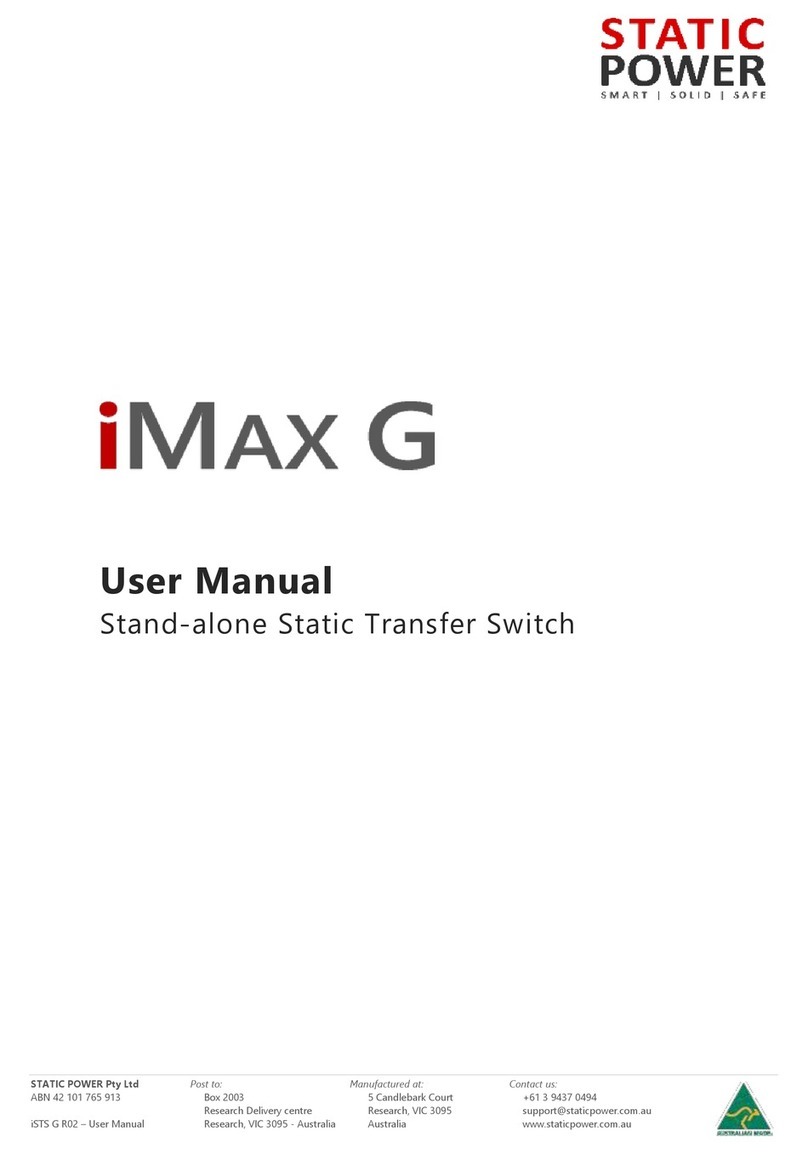
Static Power
Static Power iMax G User manual
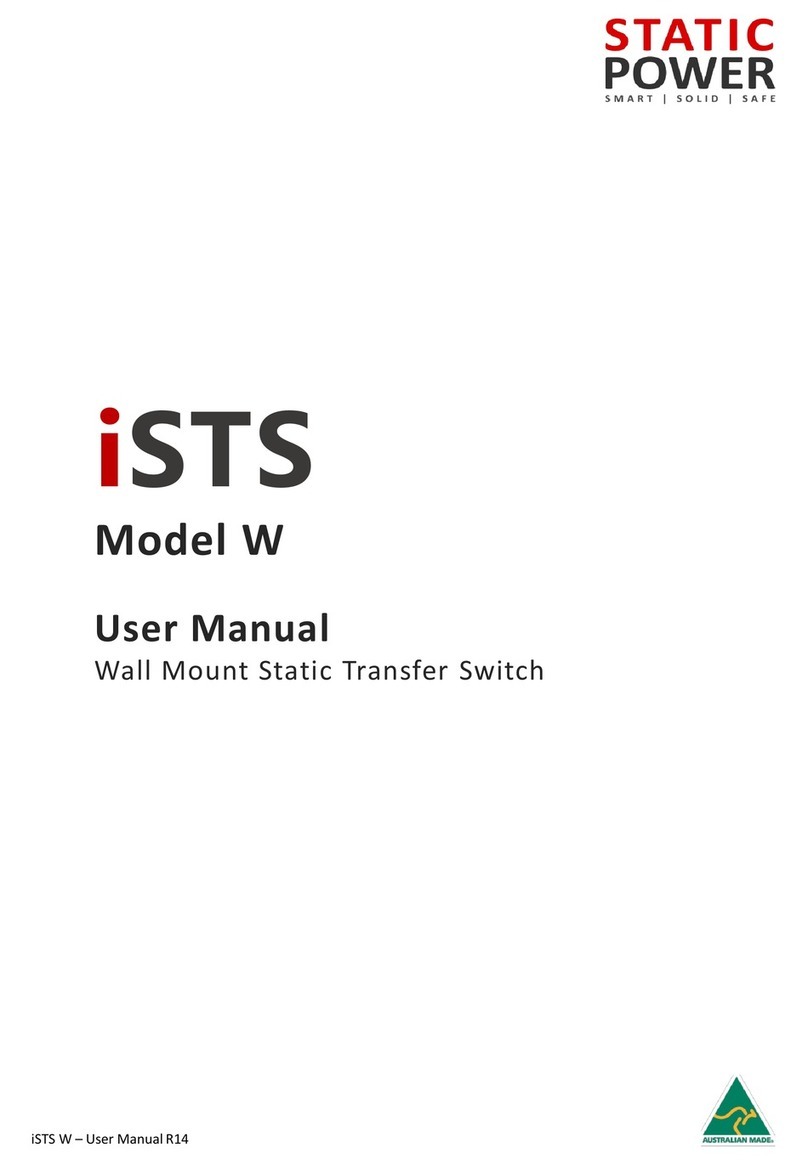
Static Power
Static Power iSTS W User manual
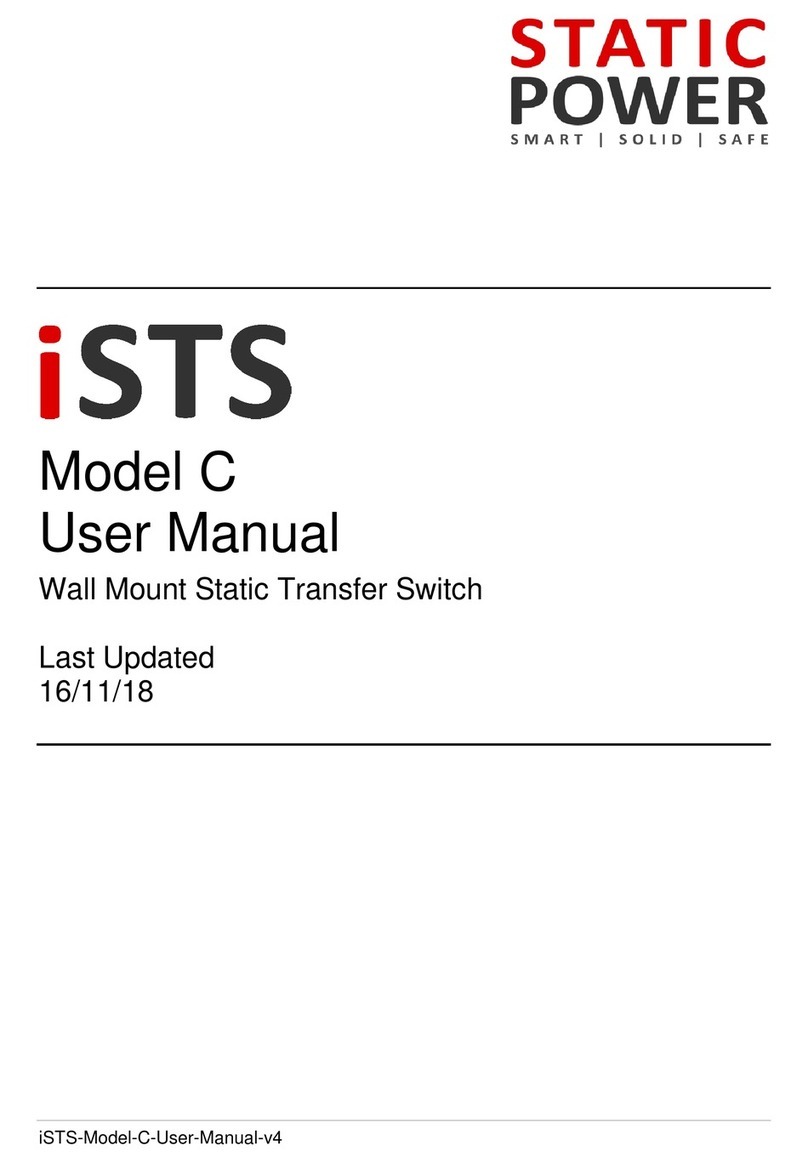
Static Power
Static Power iSTS C User manual
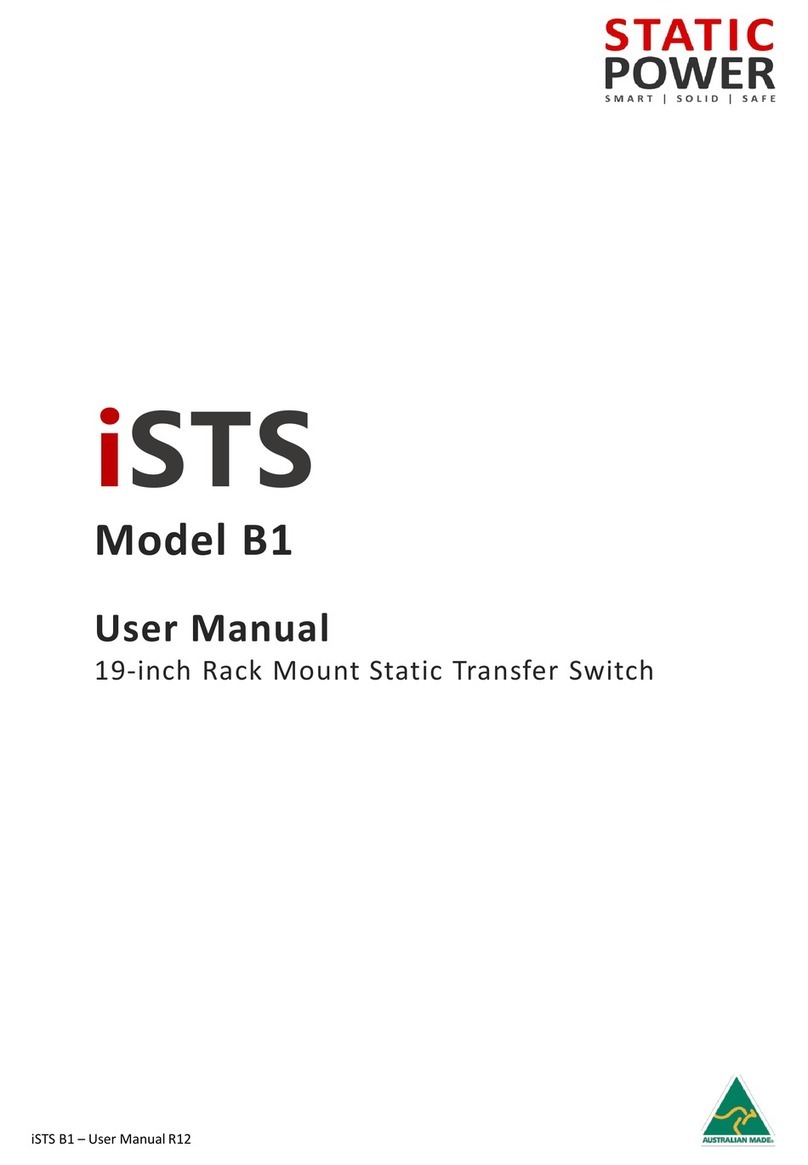
Static Power
Static Power iSTS B1 User manual
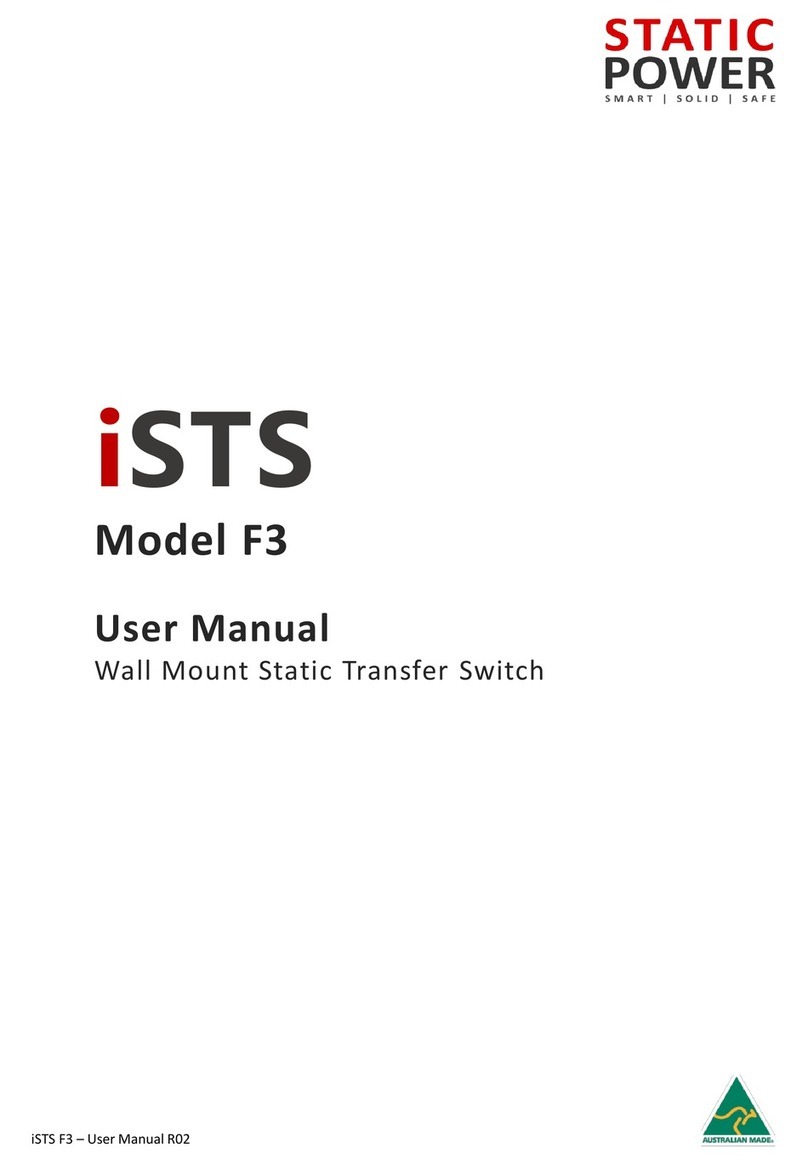
Static Power
Static Power iSTS F3 User manual
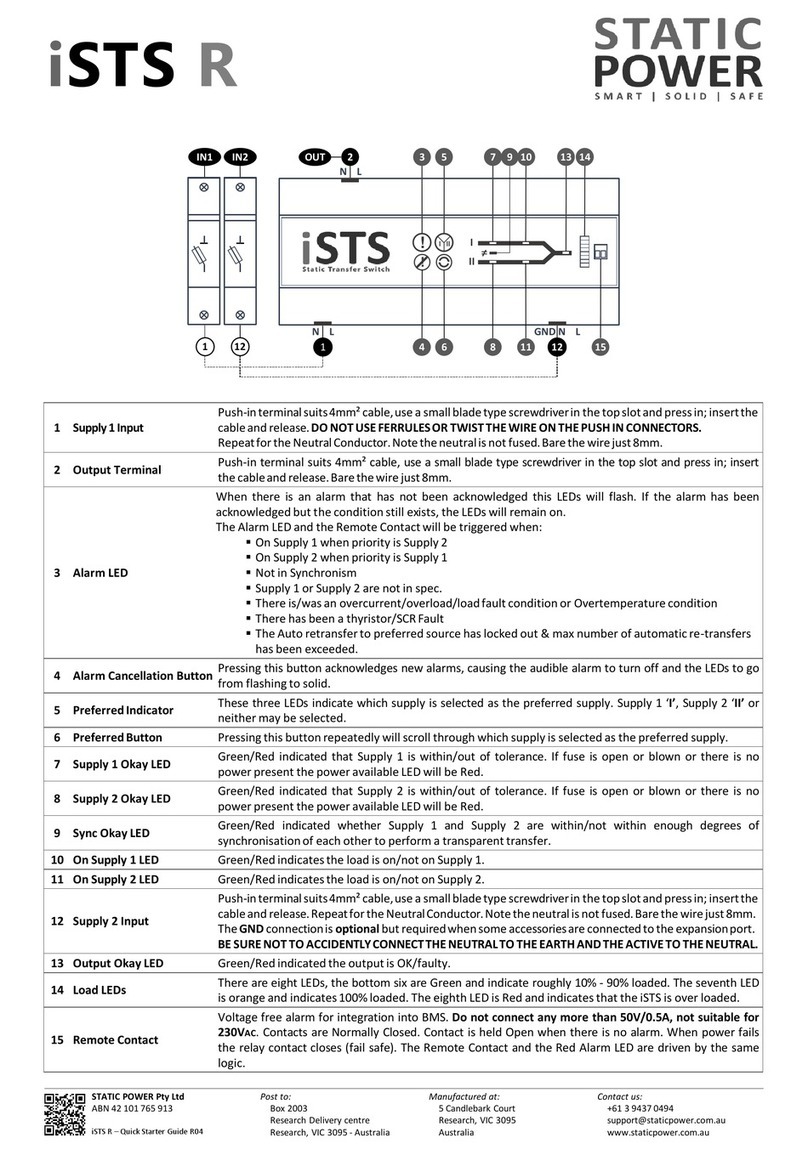
Static Power
Static Power iSTS R User manual
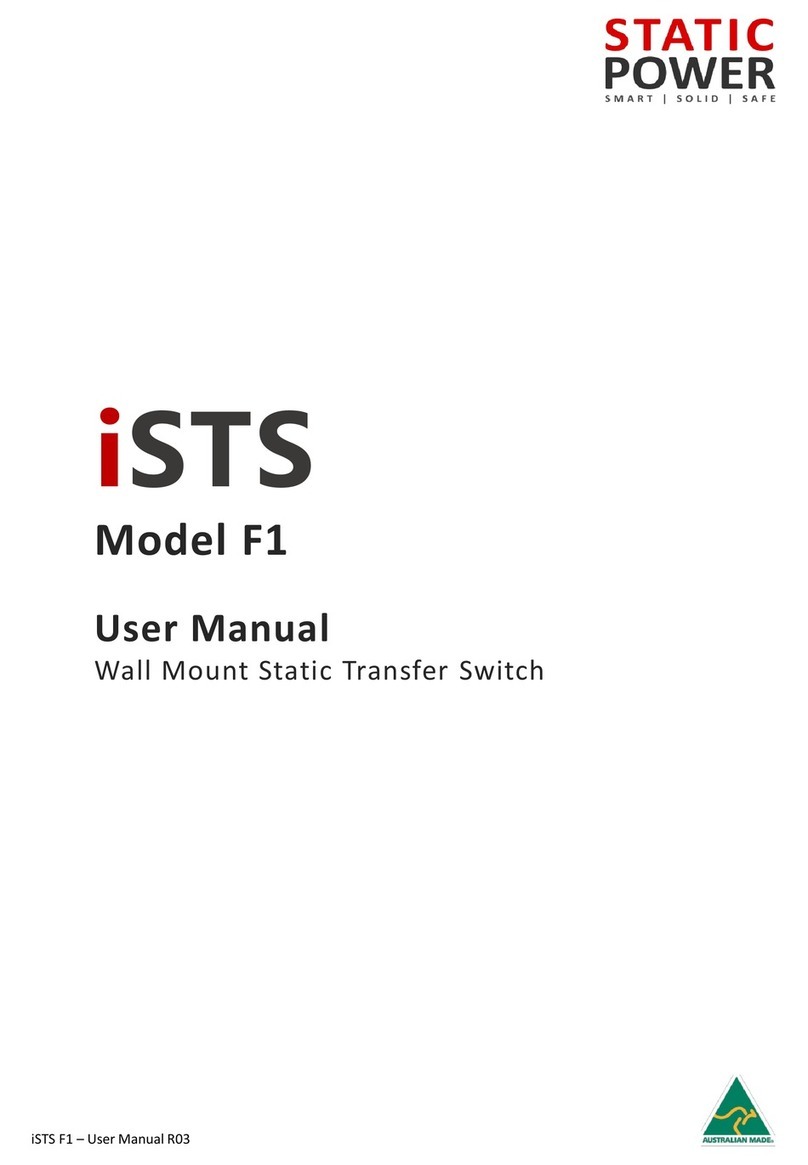
Static Power
Static Power iSTS F1 User manual
Popular Switch manuals by other brands
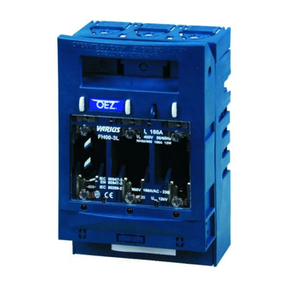
OEZ
OEZ FH00-3 Series Instructions for use
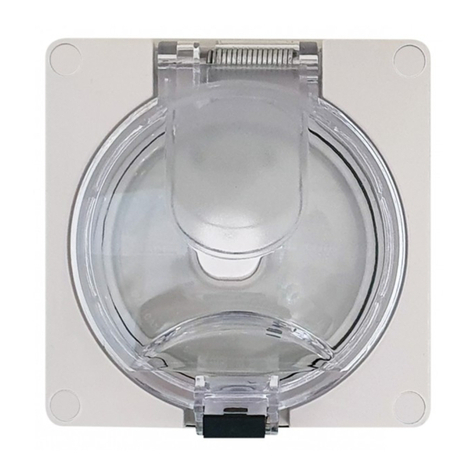
Trader
Trader PMBUSW instructions

ANTAIRA
ANTAIRA LNX-1202G-10G-SFP user manual
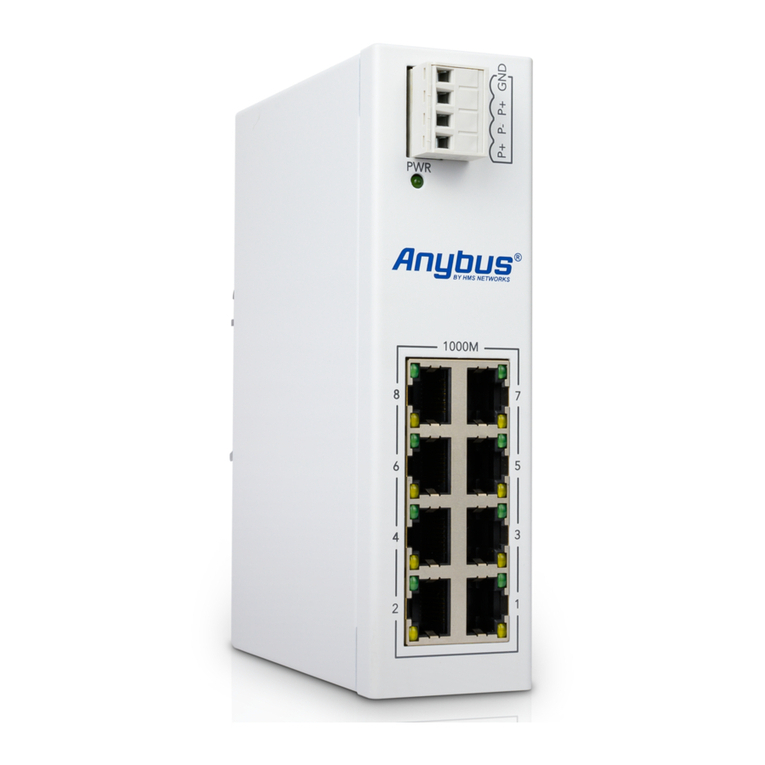
HMS
HMS Anybus AWB5001 Safety and Compliance Information
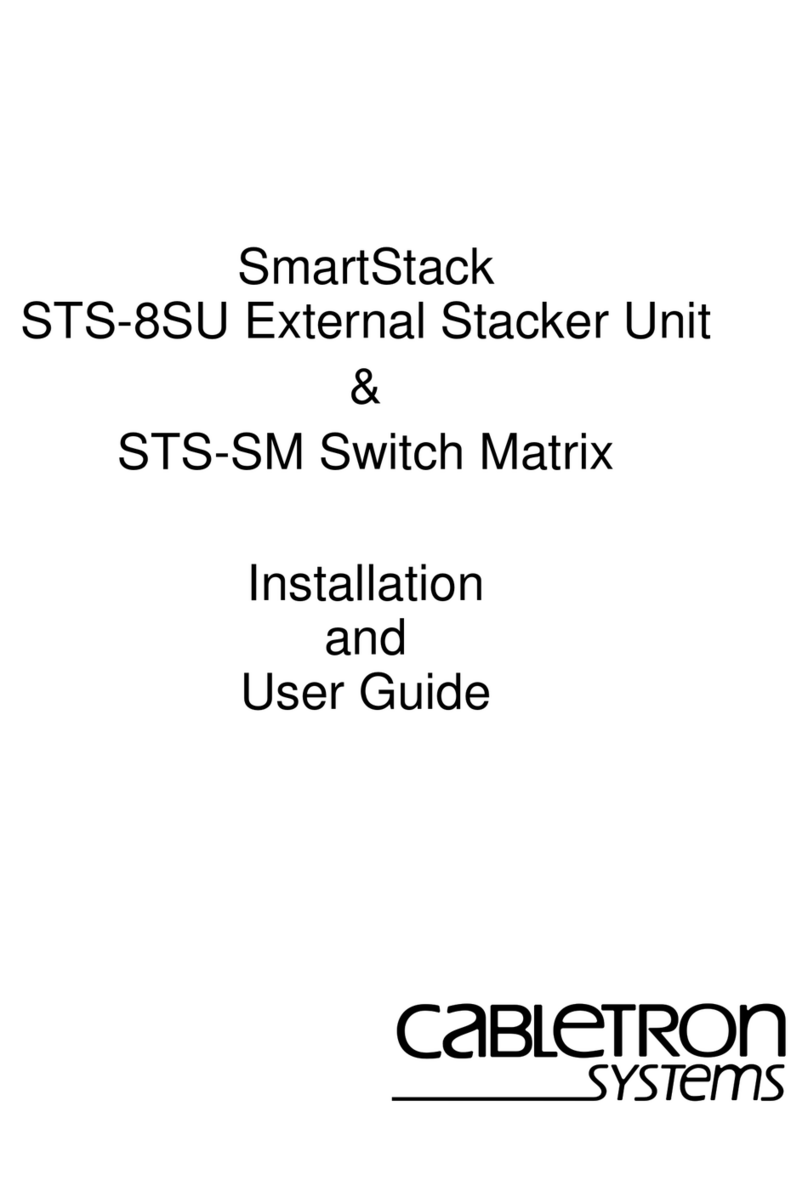
Cabletron Systems
Cabletron Systems SmartStack STS-8SU Installation and user guide
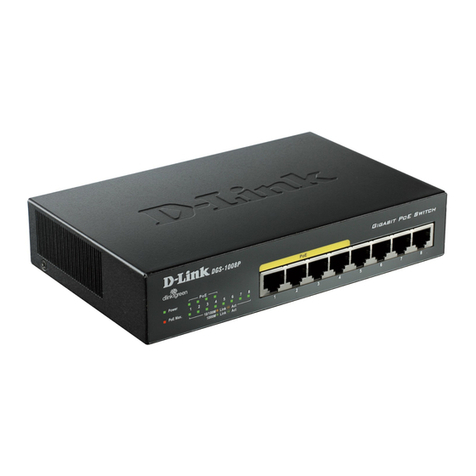
D-Link
D-Link DGS-1008P Quick installation guide

